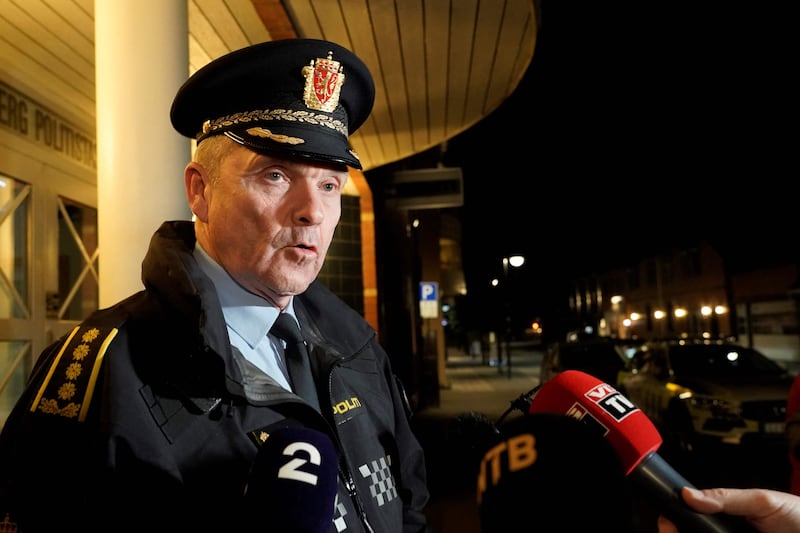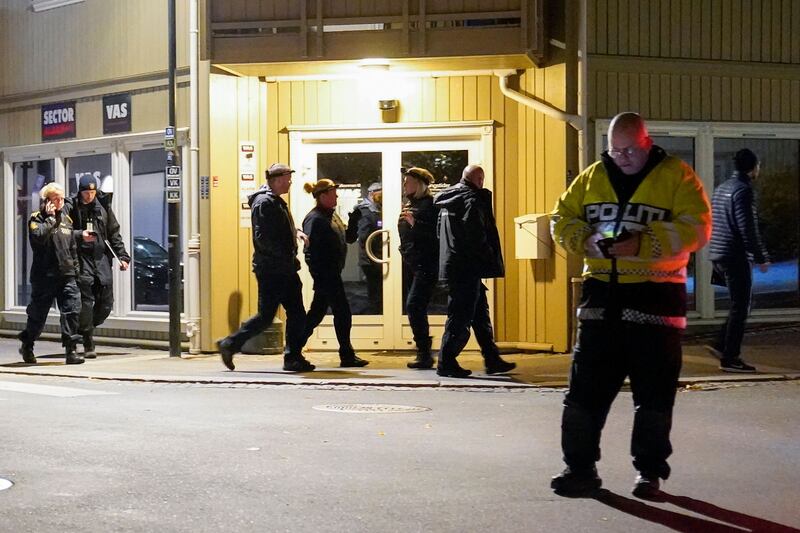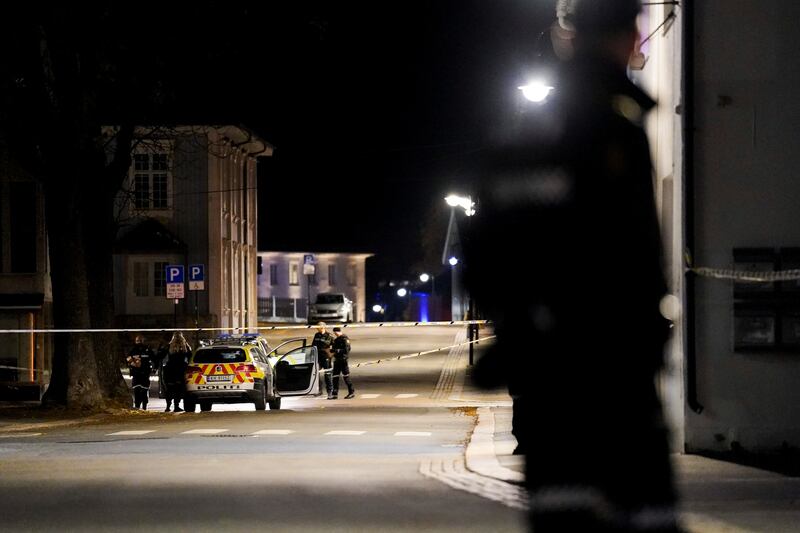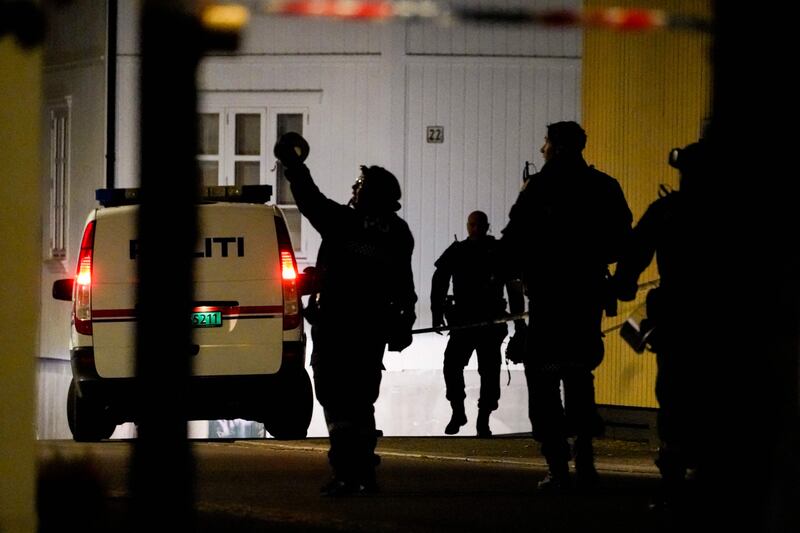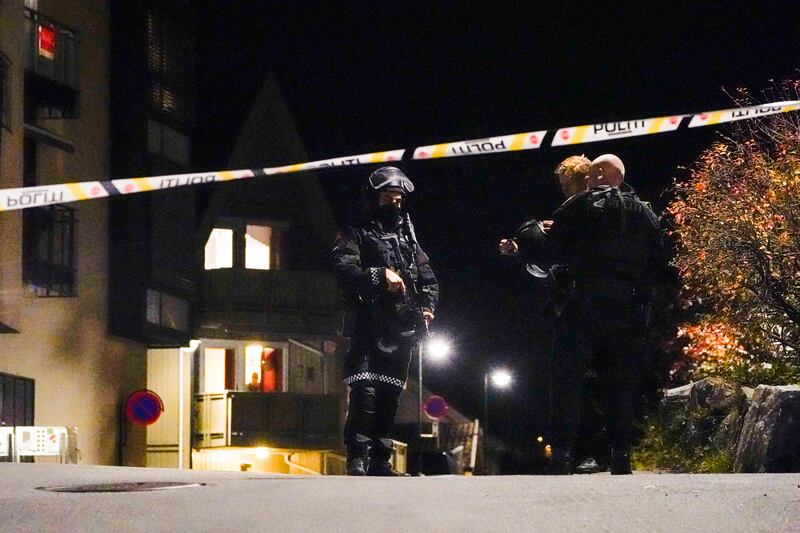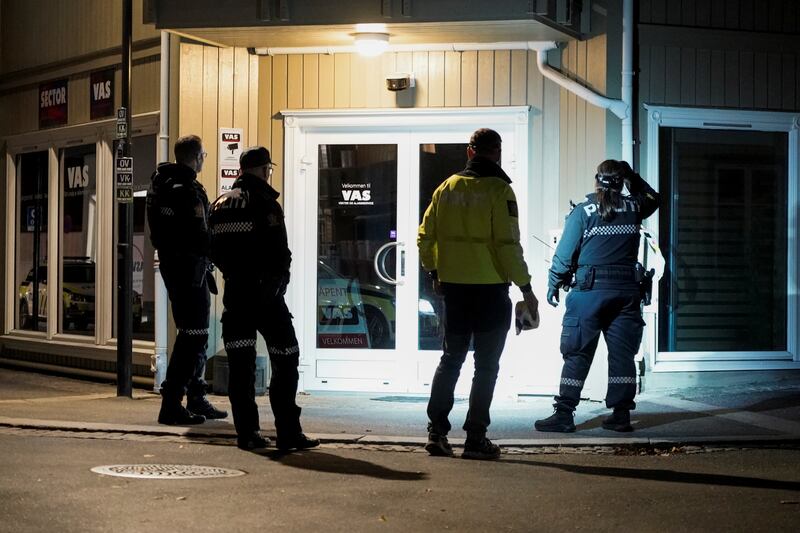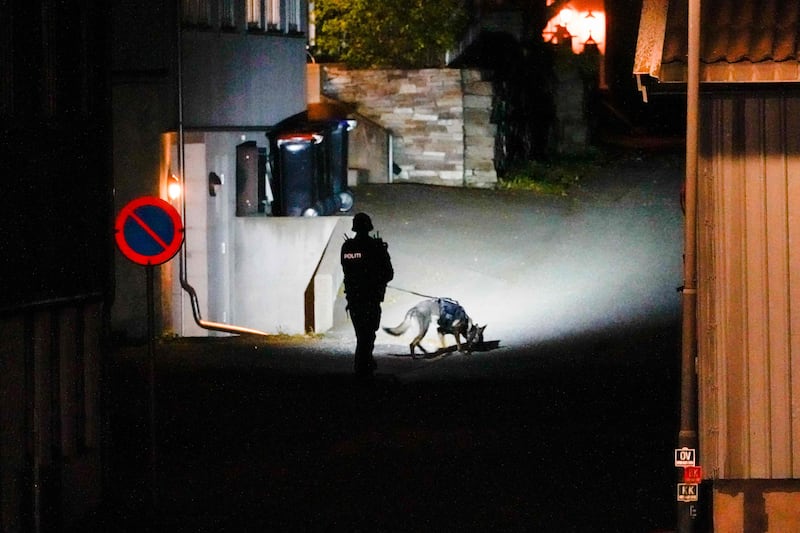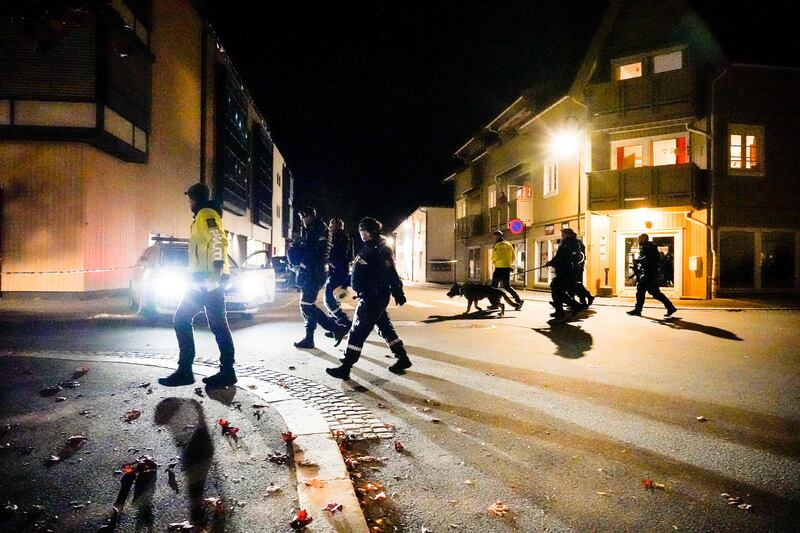Police are investigating the mental health of the suspected bow-and-arrow killer who rampaged through a quiet Norwegian town.
Espen Andersen Braathen, 37, a Danish citizen who converted to Islam, was known to security services but his name had also been passed to medical professionals.
He confessed to the killing of five people in Kongsberg on Wednesday and was to be moved to a medical centre, police said on Friday.
Norway's PST domestic intelligence agency said it will set up an independent investigation into the actions of police and security agencies.
“It is very important that learning points and any weaknesses and errors are identified quickly in order to be able to implement measures immediately,” said PST.
Officers looked into several lines of inquiry, including anger, revenge, impulse, extremism, illness and provocation, said police inspector Per Thomas Omholt.
“The hypothesis that has been strengthened the most in the first days of the investigation is that the background is illness,” he said.
Four women and one man were killed, while three other people were injured in the attack.
The suspect was being held in a locked “psychiatric institution” and other lines of inquiry were still being pursued, he added.
Police had earlier said Mr Braathen had shown signs of radicalisation, with the attack appearing to be an “act of terror".
PST said on Thursday the case appeared to be “an act of terrorism” but cautioned that the investigation was continuing.
Norwegian broadcaster NRK reported on Friday that in 2015 the domestic intelligence agency received information about Mr Braathen and in 2017 its officers met the suspect.
The following year, PST contacted Norwegian health authorities about Mr Braathen and concluded that he was not driven by religion or ideology, but was seriously mentally ill.
Determining whether the attack was an act of terrorism or the result of a psychiatric issue “will be a vital, important part of the investigation”, the head of the PST security police, Hans Sverre Sjoevold, said.
Mr Omholt said three weapons were used in the attack, but declined to identify the types or to reveal how the five victims were killed.
He said investigators need to interview more witnesses and don’t want their accounts tainted by what they read in the news.
In Kongsberg, a former mining town of 26,000 people, people laid flowers and lit candles.
Resident Paul Whitley, 75, told AP: “It was awful. My youngest son cycled up to that shop while it was all going on, and he saw the police there and he was turned away, of course.
"And I'm very thankful because the chap hadn't been caught by then.
“It's all just a dreadful thing in a boring little place like Kongsberg. Nothing ever happens here.”


